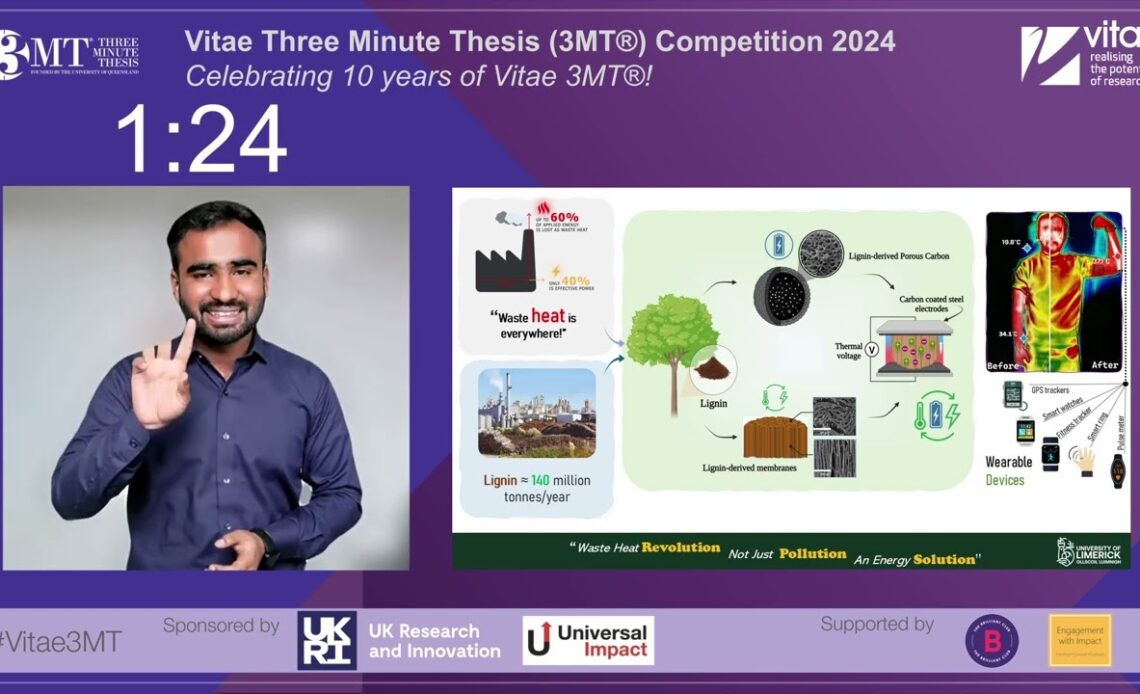If you’ve ever seen yourself through a thermal imaging camera, you’ll know that your body produces lots of heat. This is in fact a waste product of our metabolism. Every square foot of the human body gives off heat equivalent to about 19 matches per hour.
Unfortunately, much of this heat simply escapes into the atmosphere. Wouldn’t it be great if we could harness it to produce energy? My research has shown this would indeed be possible. My colleagues and I are discovering ways of capturing and storing body heat for energy generation, using eco-friendly materials.
The goal is to create a device that can both generate and store energy, acting like a built-in power bank for wearable tech. This could allow devices such as smart watches, fitness trackers, or GPS trackers to run much longer, or even indefinitely, by harnessing our body heat.
It isn’t just our bodies that produce waste heat. In our technologically advanced world, substantial waste heat is generated daily, from the engines of our vehicles to the machines that manufacture goods.
Typically, this heat is also released into the atmosphere, representing a significant missed opportunity for energy recovery. The emerging concept of “waste heat recovery” seeks to address this inefficiency. By harnessing this otherwise wasted energy, industries can improve their operational efficiency and contribute to a more sustainable environment.
The thermoelectric effect is a phenomenon that can help turn heat into electricity. This works by having a temperature difference produce an electric potential, as electrons flow from the hot side to the cool side, generating usable electrical energy.
Conventional thermoelectric materials, however, are often made from cadmium, lead or mercury. These come with environmental and health risks that limit their practical applications.
Related: What is renewable energy?
The power of wood
But we’ve discovered you can also create thermoelectric materials from wood — offering a safer, sustainable alternative.
Wood has been integral to human civilisations for centuries, serving as a source of building materials and fuel. We are uncovering the potential of wood-derived materials to convert waste heat, often lost in industrial processes, into valuable electricity.
This approach not only enhances energy efficiency, but…
Click Here to Read the Full Original Article at Livescience…

